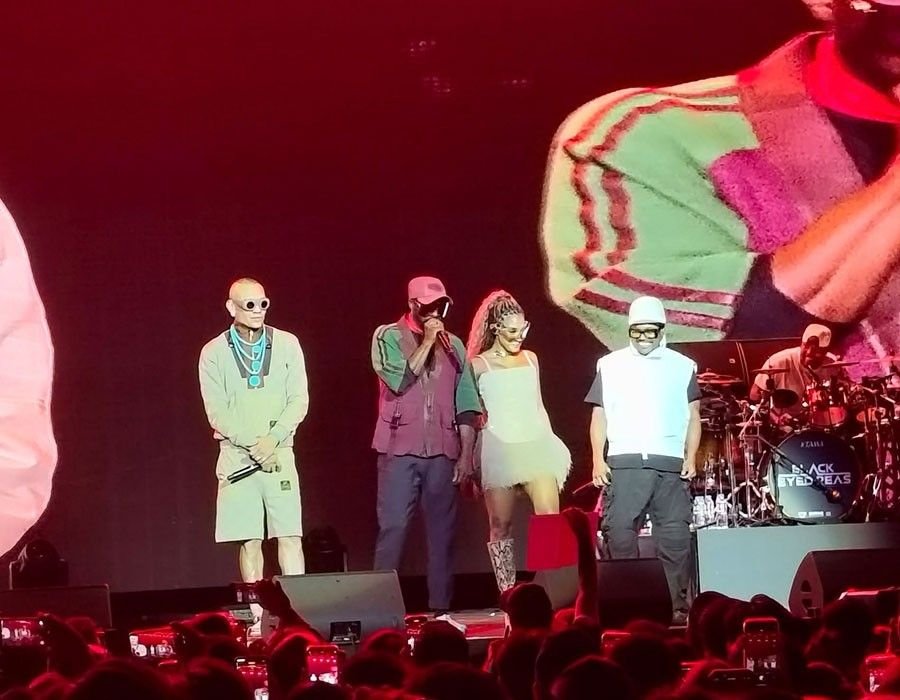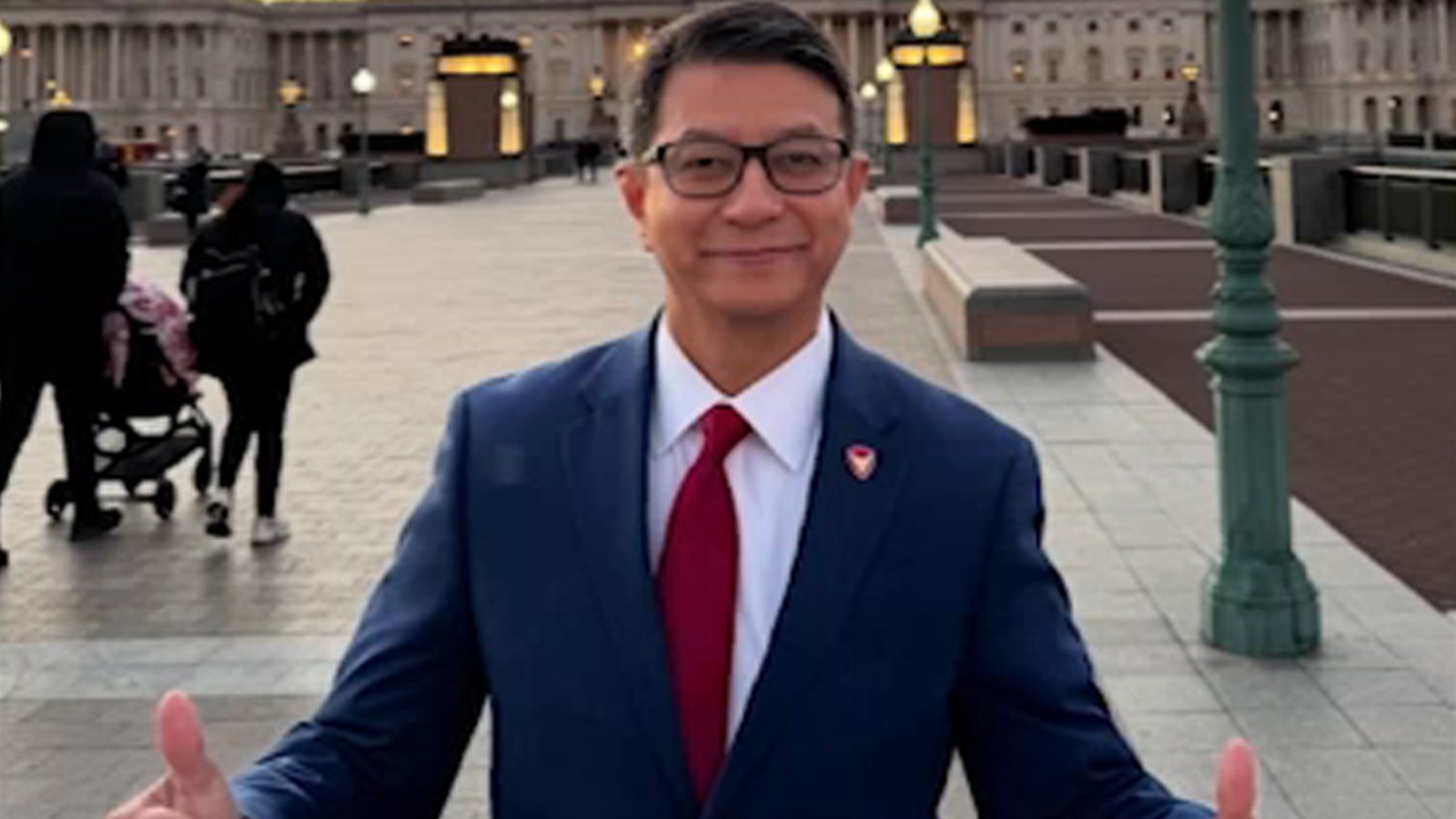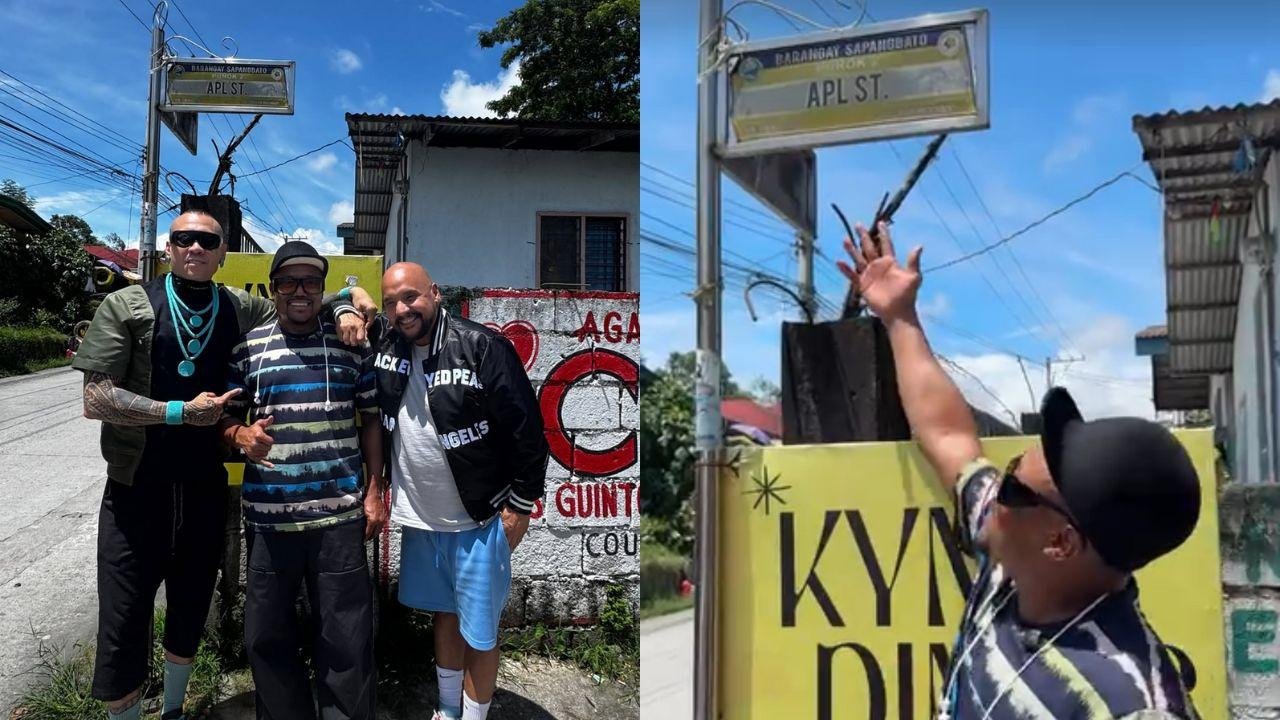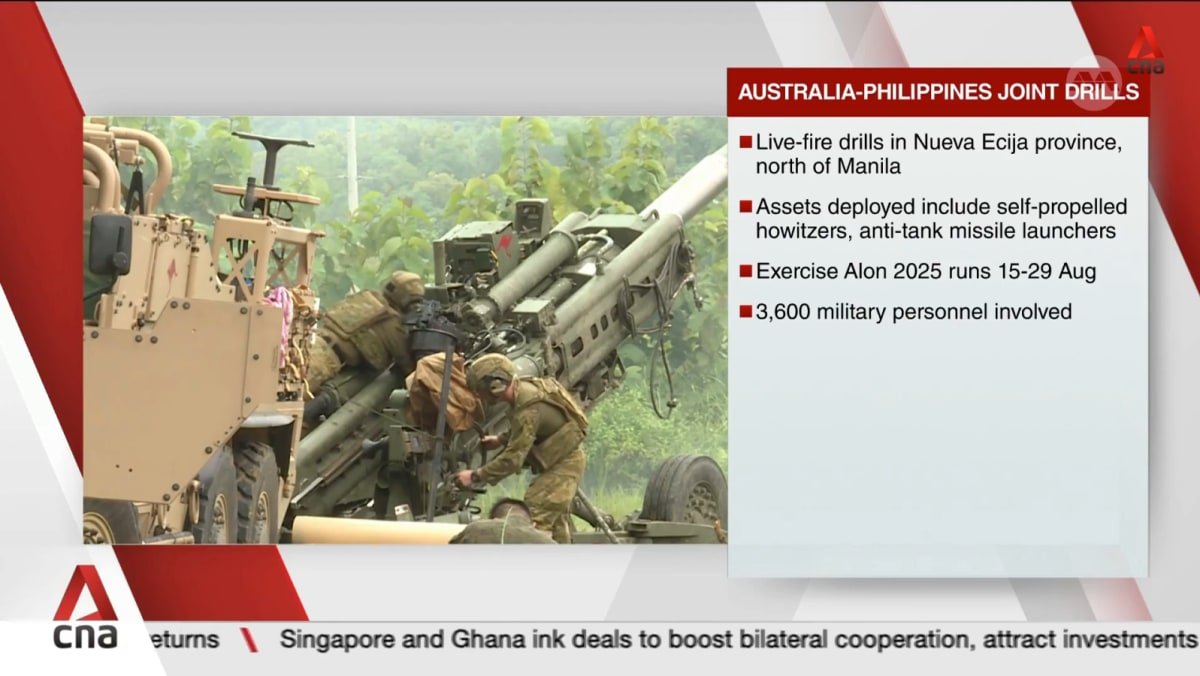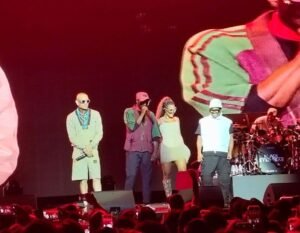“Platforms like Facebook and TikTok have fuelled the rise of creator-gamers, while mobile titles like Mobile Legends have become cultural phenomena,” says Charlie Baillie, Ampverse Group CEO and co-founder. “Add in improved digital infrastructure and growing brand investment, and you’ve got a flywheel of growth.”
The mobile-first nature of the market, along with better internet access, even in rural areas, is accelerating digitisation. “You don’t need a high-spec PC to join the grind,” says Gershom Mabaquiao, Canvas8 junior editor in APAC. “Just a phone, data, and the will to win.”
Gaming in the Philippines is also intensely communal. Whether it’s café sessions, Discord squads, barangay tournaments (local tournaments), or Facebook livestreams, gameplay is rarely a solo activity. “What makes Filipino gamer culture distinct is how tactical skill blends with relational trust. Clans and squads often form through a mix of real-life friendships and in-game bonding,” says Mabaquiao. “These relationships are built on banter, shared victories, and real-life venting during downtime. And that loyalty sticks.”

“Engagement here is relational, not transactional,” says Mabaquiao. “You don’t win players over with random slick visuals or generic promos. You win by embedding in their humour, their squad dynamics, and their play rituals into high-quality, meaningful gameplay and cool aesthetics that tap into something cultural and aspirational.”
Integration, not interruption
Filipino gamers want play, not disruption. “In gamer speak, ‘blend in and don’t butt in”, says a spokesperson from BBDO Guerrero’s strategy team. “The best brand experiences feel like part of the game—not a break from it. Think rewarded ads, branded missions, or custom in-game assets.”
BBDO Guerrero saw this principle in action with Mountain Dew’s Play the Dew campaign, where instead of interrupting play, the brand became part of it. Dew-branded sound effects were woven into popular games. It made its way into countless games through the word ‘dew’.
He adds that co-creation, rather than just sponsorship, is key for brands entering the gaming space. “Filipino streamers and content creators are trusted voices, community leaders, and cultural translators,” says Baillie. “Our campaigns with brands like Samsung, Jollibee, and Doritos have shown that when creators are empowered to tell stories their way, and supported with strategic storytelling formats, the results go beyond vanity metrics. And increasingly, brands are seeing the ROI of long-term partnerships versus one-off paid posts.”

‘Gamers don’t want ads—they want experiences’, says Charlie Baillie, Ampverse Group CEO and co-founder.
Beyond visibility, Ferrer emphasises integrating into the gaming lifestyle: “Some examples include handheld snacks or burgers that are easy to munch on while playing or in stream, a midnight food delivery app saving the day for the hungry gamer, or even a non-life insurance provider creating a product to insure hand and voice injuries.”
Integrations that respect the player’s journey—like limited-time quests or player vs player (PvP) tournaments—carry more emotional weight. For example, Jollibee’s GameJoy campaign let people redeem in-game currency through meals, literally turning fast food into game fuel.
Content creators and streamers are the easiest way into gaming, but authenticity is key. “Filipino streamers are trusted voices in the community, and they need to speak in their own voice,” says Tiempo. “So before jumping in, ask: Does the message match the creator’s personality? Does it make the livestream more fun or rewarding for their audience? And just as important—is the creator actually the right fit for the brand?”
IRL gaming
There’s a big opportunity for brands to show up in physical gaming culture, especially as gaming cafes, esports pop-ups, and creator fan meetups make a post-Covid comeback. “Whether it’s community tournaments, creator-led show matches, or immersive product launches inside gaming venues, brands can play an integral role in facilitating these experiences,” says Ampverse’s Baillie. “Integrating product trials, merch drops, or exclusive digital rewards for IRL event attendance drives loyalty. These venues are more than marketing spaces—they’re places where brands can build emotional connection with the gaming generation.”
Gaming cafés are essential for those without home setups or stable internet. They’re classrooms for new mechanics, HQs for amateur teams, and places to be seen. Mall tournaments attract massive foot traffic and emotionally invested spectators. “Smart brand activations mirror that reality,” says Mabaquiao. “Sponsor mini-brackets with real rewards. Launch limited-time skins that unlock in cafés only. Create progression ladders that treat physical venues like digital hubs. These aren’t just ads. They’re stories waiting to be told.”

The Philippines is home to some of the largest gaming cafes in Southeast Asia.
Many esports companies offer brands ready-made sponsorship packages, but this can feel like traditional advertising in an immersive space. “Brands should be able to show up creatively, in ways that actually serve gamer needs during these events,” says Tiempo. “But for that to happen, esports organisers need to open the door for advertising and marketing agencies to collaborate early, so the experience can be richer for everyone.”
Communal gaming spaces now also include online tournaments, Discord hangouts, and virtual communities. “There are so many ways to build gaming communities now, it’s actually staggering,” says Tiempo.
Tiempo cautions against ‘hacking’ into gaming communities—an approach that may have worked in the past but now signals a lack of respect. “It was clever and well-received when Wendy’s did it with their Fortnite work a few years back… But for brands to still be doing it now, and proudly so, sends the wrong message. It shows a lack of respect for gaming communities, treating them not as partners, but as platforms to be exploited.”
For true growth and loyalty, Tiempo says brands need to invest meaningfully: “No amount of hacking can replace the long-term value of authentic investment.”
Innovation and compliance can coexist
With ongoing regulatory changes in the Philippine gaming industry, brands partnering with grassroots esports initiatives and amateur leagues must balance compliance and innovation. The Philippine Amusement and Gaming Corporation (PAGCOR) requires strict adherence to regulations for esports-related marketing, including approvals for promotions and responsible advertising that avoids targeting minors or promoting irresponsible gambling.
“That’s why brands have to lead with transparency. Make the difference clear: this isn’t betting, it’s skill-based gaming. And reflect that in how you show up: visible licensing, in-game reward clarity, and creator collaborations that come with built-in community trust,” says Mabaquiao. “More than that, regulation can be a filter for quality. Brands that operate clearly and creatively within the rules while still syncing with grassroots realities earn credibility.”
“In advertising as in gaming, creativity levels up when there are rules and regulations,” says Tiempo. “Compliance has never been a barrier to innovation. Brands will always want volume and big numbers, but in esports, grassroots leagues hold the most promise for building real relationships. In the Philippines, there isn’t a lot of support for esports athletes—and that’s where brands can step in and shape the scene. By helping raise standards and championing these gaming heroes, brands can earn credibility in the space and, more importantly, win the community’s trust.”
Baillie adds that Ampverse focuses on community empowerment—providing mentorship, tournament infrastructure, creator amplification, and career pathways: “Brands that align with these values build credibility and trust. On the regulatory side, having local advisors and operational know-how is critical—we’ve helped guide clients through evolving policy environments while still delivering cutting-edge campaigns. Whether it’s through branded tournaments, training bootcamps, or safe, inclusive online spaces, we help brands innovate with the community, not just at them.”
